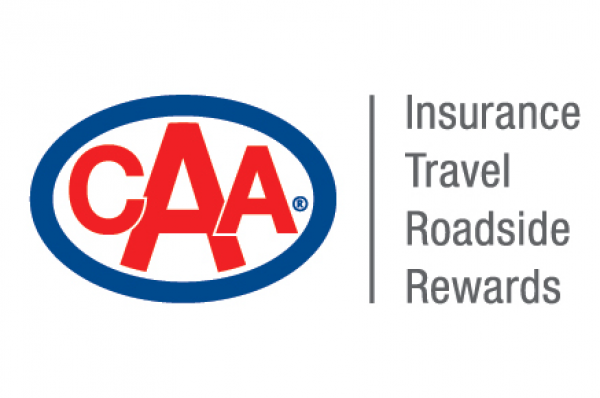Winnipeg, MB, September 5, 2023 – As Manitoba students head back to class this week, parents say speeding and traffic congestion are their biggest worry when it comes to road safety near schools.
A recent study by CAA Manitoba, conducted by DIG insights*, shows that 94 per cent of parents have at least one concern about safety in school zones.
“We want to remind motorists that they need to be extra vigilant as students return to school this week,” says Ewald Friesen, manager of government and community relations, CAA Manitoba.
“Kids will be excited to see their friends and teachers and may fail to check their surroundings before stepping out onto the street.”
The top three concerns are drivers speeding (32 per cent), traffic congestion in and around school (30 per cent), and a lack of street/school parking (26 per cent).
Other concerns include illegal parking or stopping, jaywalkers, distracted pedestrians and drivers, and drivers not obeying traffic signs.
As a result of those concerns, many parents drive their children to school, further exacerbating traffic congestion, Friesen notes.
“While there are always parents who must drive their children to school, we do encourage parents and students to try other modes of transportation to get to class,” says Friesen.
“Things like walking, biking and skateboarding are great exercise and lots of fun, and fewer cars will help alleviate parents’ concerns.”
The study also showed that parents would like to see additional solutions.
About 26 per cent of parents want better road infrastructure in school zones and 21 per cent want to see more police enforcement.
More crossing guards and road safety education for parents and students was also suggested.
“Helping to keep school zones safe for everyone is the primary goal of CAA’s School Safety Patrol program,” says Friesen.
“Watch for our trained patrols in bright yellow-lime vests helping people safely cross the street.”
According to Stats Canada, there were about 183,000 students enrolled in about 700 K-12 schools across Manitoba in 2022.
Back to School Safety Tips for Drivers:
Drivers can also use the following CAA Manitoba tips to ensure they are staying safe in school zones.
- Slow down: Know the speed limit in your neighbourhood’s school zones and respect them. Give yourself plenty of time to drop off your kids at school to avoid rushing.
- Follow the rules of the road near school buses: Always stop for a stopped school bus with its upper flashing lights and stop arm activated, then wait for children to get safely on or off. Stay alert and watch for children or parents/guardians crossing the road when the bus moves on.
- Choose a safe spot to drop off and pick up your children from school: Follow your school’s rules and avoid double parking or stopping on crosswalks, dropping off or picking up your kids on the opposite side of the street, and stopping in moving traffic as kids rush out. Instead, use the designated drop off areas or consider a spot a bit farther away from school that is easily accessible and safe.
- Make eye contact with pedestrians: With the excitement of going back to school, anticipate that children may not easily see or hear your moving vehicle, so be sure to make eye contact with pedestrians crossing the road.
- Watch for CAA School Safety Patrollers: When travelling to and from school, watch for CAA School Safety Patrollers in their safety vests, as they play an important role in ensuring the roadway is safe before kids cross on their own.
- Avoid fines: Passing another vehicle in a school zone is not permitted. Passing a bus with its lights flashing and stop sign activated will result in a $673 fine and five demerits. Speeding in school zone is a minimum $200 fine and two demerits.
* The study, commissioned by CCG and conducted by Dig Insights in May 2023, surveyed 613 Manitoba parents/guardians between the ages of 18 and 74 with children attending school from kindergarten to grade 8. The margin of error for a sample of this size is plus or minus 4% at the 95% confidence level.





